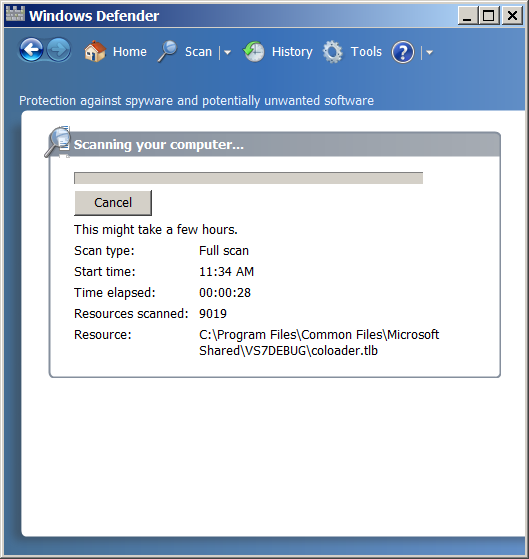
Looking at the protection rates, Microsoft still didn’t do too bad in testing where 10,040 malware samples were injected into systems.

We would suggest that vendors of highly cloud-dependent products should warn users appropriately,” notes AV-Comparatives. “The test gives an indication of how cloud-dependent each product is, and consequently how well it protects the system when an internet connection is not available. Yet, there are faults, too, as not every PC is always online to get the latest signatures and protections from Microsoft or other antivirus companies. This is something that is intended by design, as cloud-based antivirus services check your PC against the latest threats. In the online mode, though, Microsoft Defender netted a 98.8% detection rate, up at the top with Avast’s 99.5%. Only Trend Micro ranked worse than Microsoft on offline detection, coming in at 36.1% detection. It had a 60.3% detection rate compared to others on the list like Avast’s 94.2%, or Kasperksy’s 78%. In the file detection tests, Microsoft Defender ranked poorly when tested in offline mode. With malware protection, meanwhile, it is all about preventing a malicious program from making changes.

With file detection, the group tested how well antivirus software can detect good files versus malicious files. File detection had both an offline and online mode, and the latter option doesn’t.

The first is file detection and the second is malware protection. In the study, spotted by Neowin, AV-Comparatives performed two specific tests.


 0 kommentar(er)
0 kommentar(er)
